An Old Documentary on Ishawiyen
Hi, metta hallem/t,
I came across this item of interest. Titled AN UNKNOWN RACE, the film records some cultural aspects of Ishawiyen.
AMNH Research Library
Title An unknown race [videorecording]
Publisher New York : American Museum of Natural History, 1924.
Description : 1 videocassette (36 min.) : si., b&w ; 3/4 in.
Series : [Film Collection ; no. 283]
Note : Original format: 35 mm. negative.
Credits : John A. Haeseler, photographer.
SUMMARY
John A. Haeseler and Captain Melville William Hilton-Simpson, fellows of the Royal Geographic Society, made this film, which records the culture of the Berbers of the Aures Mountains of Algeria. The impenetrable massif of the Aures Mountains has helped the Berber people maintain their ancient manners and customs. This film depicts the geography of the Aures, Roman ruins at Timgad, the Tighanimine gorge, and the villages built on the tops of escarpments overlooking the Sahara with only a narrow, tortuously steep access route. Women of the fair-skinned Shawiya tribe of Berber stock, are seen grinding grain on a quern stone; combing, carding, and spinning wool; making pottery; and scrubbing laundry on stone by "dancing" on the cloth. They are also seen involved in the difficult task of fetching water up to the village. Children are depicted playing knucklebone, a jacks-like game, and what appears to be hockey. The men are seen irrigating their gardens by means of a water "clock," a copper bowl with a minute hole in its bottom, which is placed on top of water in a large bowl. It takes about fifteen minutes to sink. The number of sinkings is determined by the individual irrigation rights. After the alloted amount, the irrigation ditch (seggia) is dammed to divert the flow of water to another garden. The granaries are seen with their defensible facades. A man fashions wooden door locks with an adze (a cutting tool), while others tend goat herds, prepare snuff, and braid cord. This is one of the earliest ethnographic films made. Haeseler had been thinking about recording disappearing cultures on film and his association with Hilton-Simpson, during his years of studying the Berbers, proved a most timely and valuable relationship for both. The film is rich in detail, particularly in the weaving and pottery sequences.
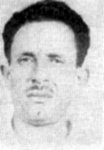


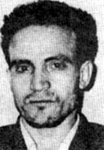

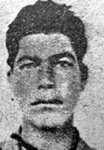
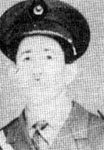
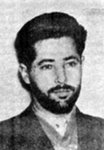
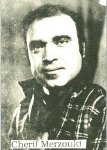
4 comments:
Mata hellam/t ay mazighen ihrar,
Yaajabay lhal labas gani wfigh harwa ntmourth tmekthayen imanensen.
Khsegh adheffourjegh documentry aya mbessah aayiigh ahdtelecherchigh. Sen`aathetay mamekh ayathma?
Mis necharaa
Metta hallid' a mis necharaa,
>Khsegh adheffourjegh documentry aya mbessah aayiigh ahdtelecherchigh. >Sen`aathetay mamekh ayathma?
Documentary aya ullich online. Yella ghir d'i elmatahaf imoqranen, am New york d' England.
Qim d'i lehna.
D'i lblog nnegh yella clip si lfilm n Amor Hakkar, Maison Jaune. Hazrit?
John A Haeseler is my grandfather. He was a cultural anthropologist and famed film maker. Send me any questions at kathyhazelnut@gmail.com
Thanks,
Kathy Haeseler
Hi Kathy,
It is a small world :)
I will drop you a line.
Take care.
Post a Comment